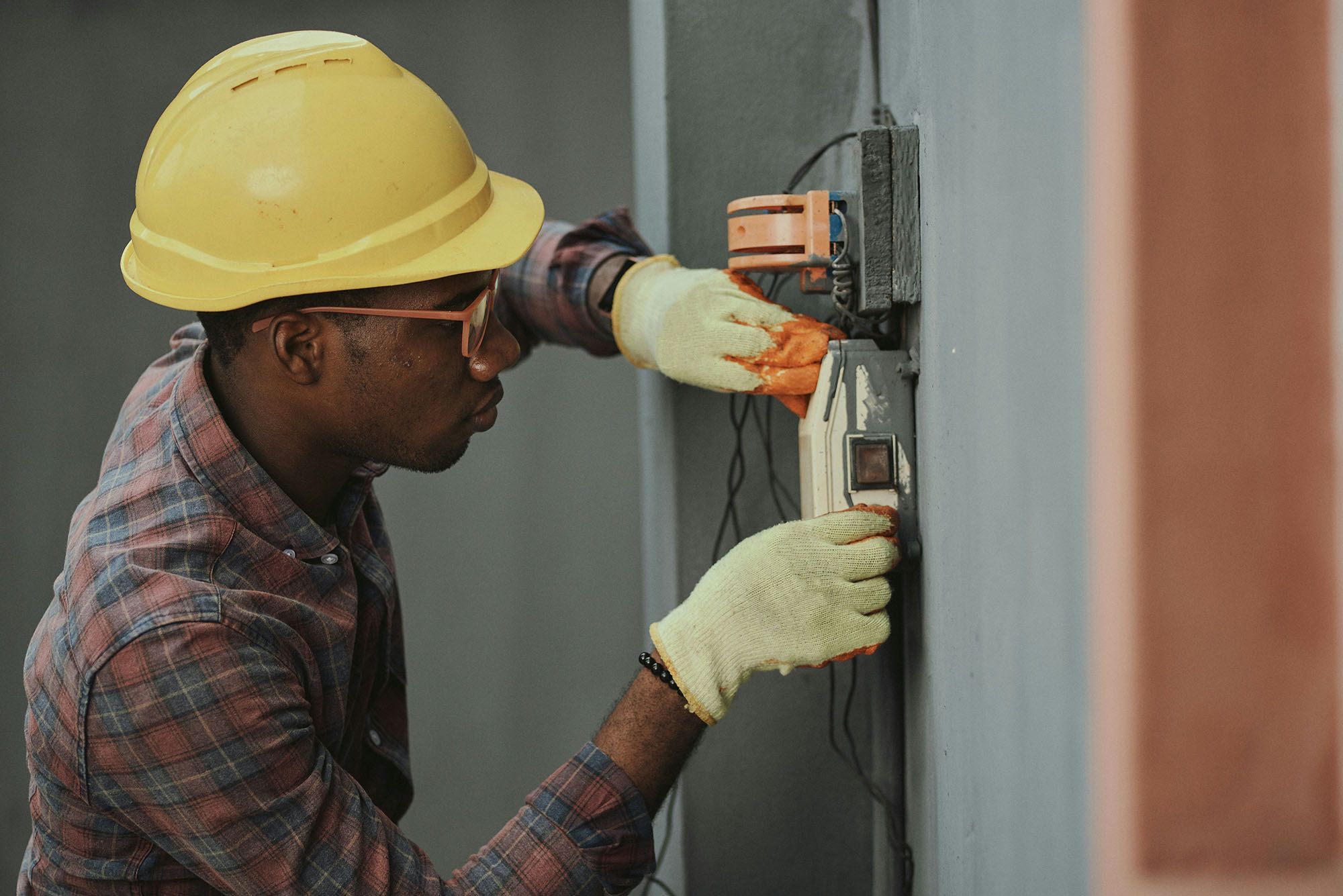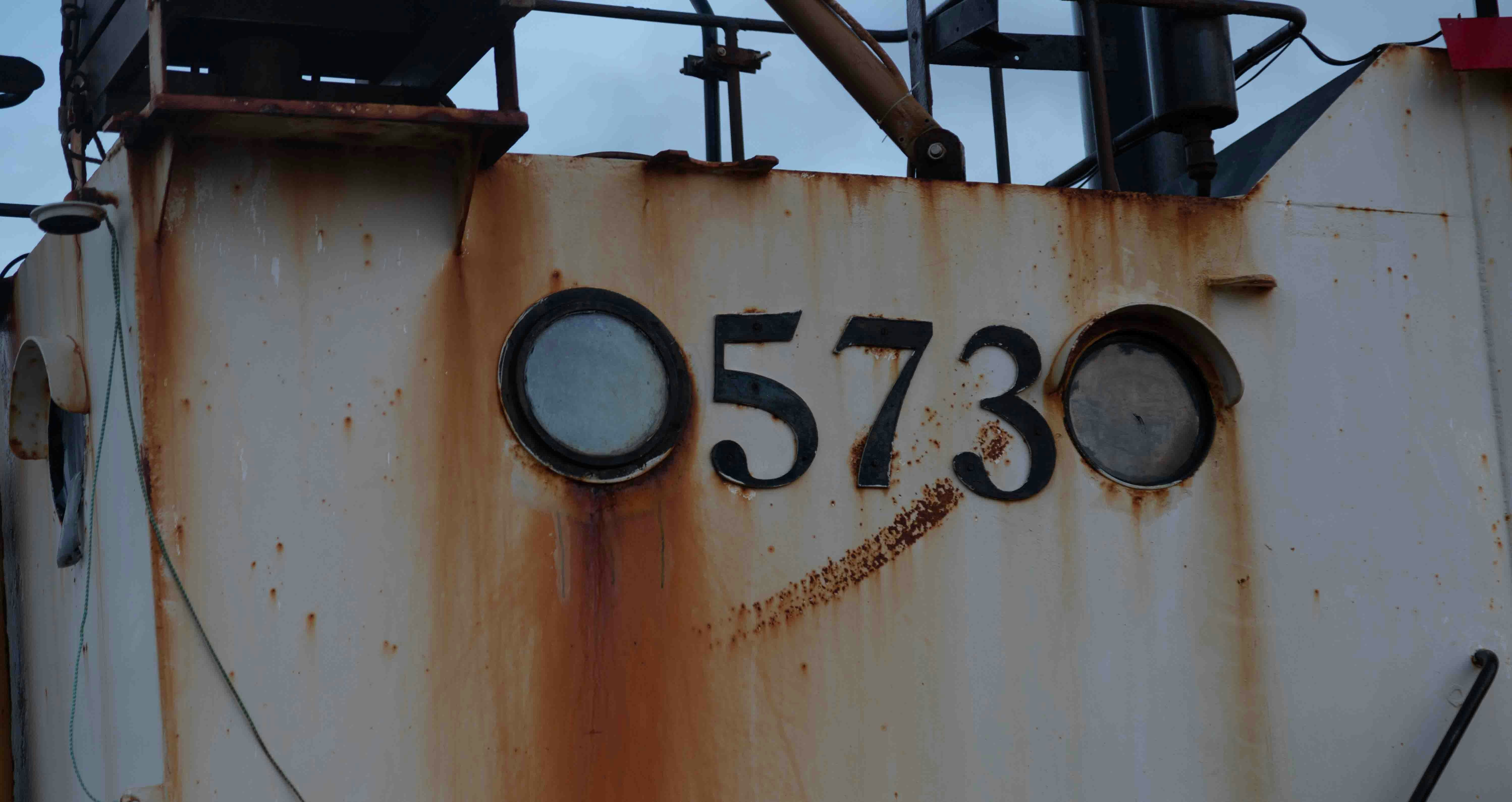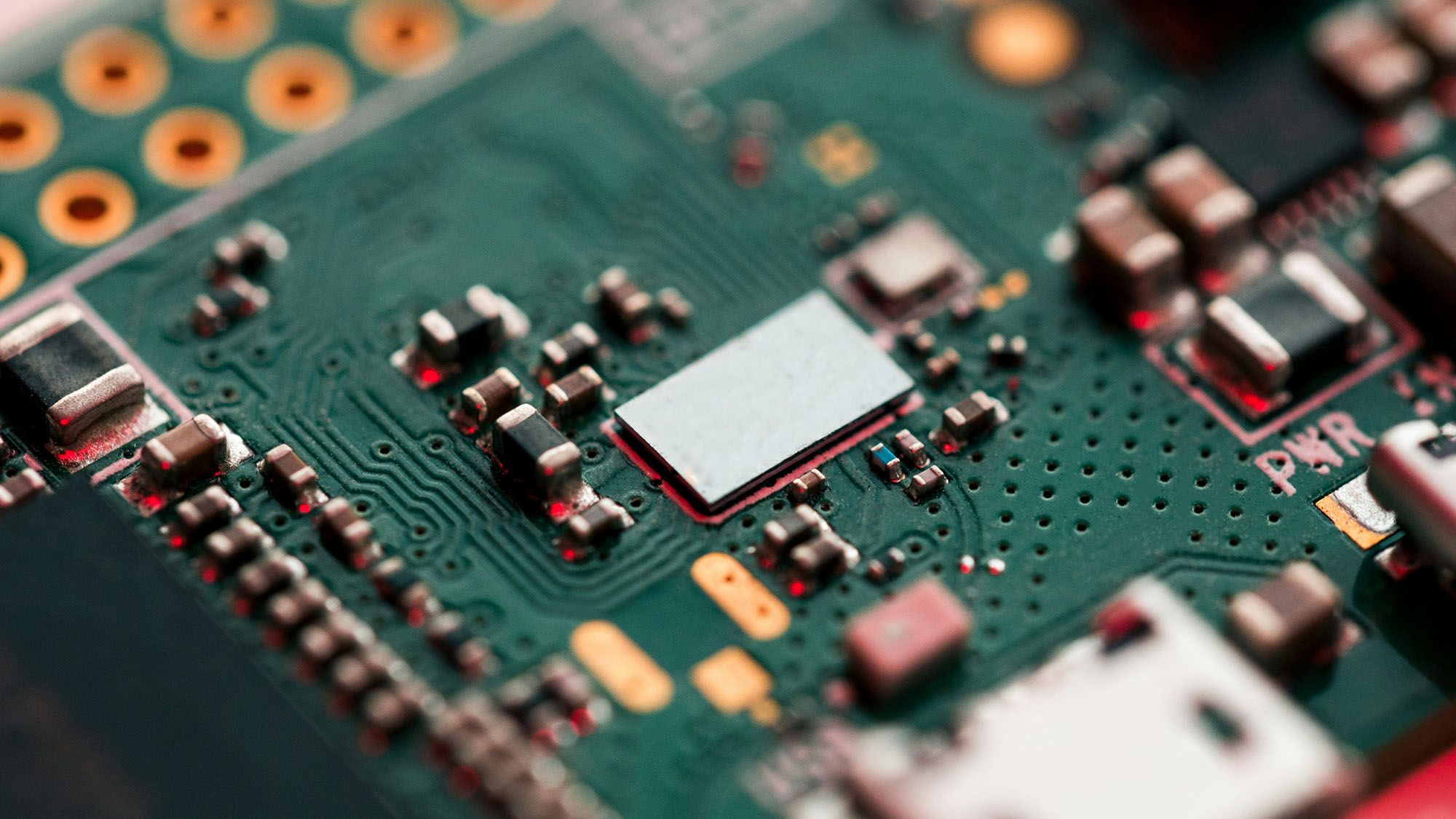Several common electrical problems are very easy to spot and avoid
It doesn't matter whether you own a small runabout or a large cruiser, knowing what to look for in your boat's electrical system is crucial. It saves you money and a lot of time and hassle!
Several common electrical problems are very easy to spot and avoid. This will make your boat safer and more enjoyable!
- Unwanted Open Circuit

When there's an interruption in the current path of a circuit, it can be a dangerous situation. Fortunately, you can often identify and repair these issues by checking for continuity between two points in the circuit with a multimeter or other testing equipment.
An open circuit is an electrical problem that prevents current from flowing through a circuit, making it impossible to power or control equipment or systems. It can be caused by various factors, including damaged wires, loose connections, or faulty switches.
Sometimes, an open circuit isn't the result of a failure but is instead generated by a mistake or a malfunction in the equipment used. For example, if a person uses a solderless breadboard to design a circuit, they may accidentally insert one side of a component into the wrong hole. This error results in an open circuit, which can be frustrating and difficult to diagnose.
Another type of unintentionally produced open circuit results from a fuse being blown. Fuse wires, which are usually encased in a sheath of plastic or glass to make them visible, melt and separate if there's too much current in the circuit.
It's important to note that fuses and circuit breakers are designed to prevent this kind of open circuit from happening in the first place. These devices sense the excessive current and "open" or "trip" the circuit to save the equipment and system from damage or fire.
A short circuit is an unwanted connection between the positive wire of a battery and the negative wire of the same battery. This can cause an electric arc that can instantly overheat everything in its path, start a fire and potentially explode the battery(s).
The key to preventing short circuits is to maintain good insulation between your batteries and the battery terminals. The insulator acts as an air gap between the positive and negative wires in your battery to protect them from shorting out. It also provides a buffer to keep the voltage from fluctuating as you use your battery.
- Corrosion

Corrosion is the process by which metals or other materials become weaker and softer as they interact with substances in their environment. It is a very common problem that can cause serious damage to buildings and bridges, oil pipelines, chemical plants, bathrooms, medical implants, and even works of art.
When a metal is in contact with a substance that has a high oxidizing potential, the corrosive reaction starts. Usually it is the ambient air, but contaminated water can also cause corrosion, as can other environmental agents such as soil and bacterial activity.
Most of the time corrosion can be avoided by avoiding contact with corrosive environments and materials. But if you're a serious boater, you need to know what the various types of corrosion are and how to prevent them.
Galvanic Corrosion: This is one of the most common forms of corrosion, and it occurs when two dissimilar alloys come into contact above or below the waterline. For example, if you have bronze and aluminum components that are both in contact with the water.
Because both the bronze and the aluminum have a different voltage potential, they attract stray current from the water. This is called “galvanic corrosion.”
It is a very slow and gradual form of corrosion that typically won't cause too much damage, but it can be dangerous if you are in a crowded marina or have a high-resistance connection at the shore power connector.
Another very common form of corrosion is General Attack Corrosion. It is a very predictable issue that can be managed through planning and maintenance.
The most common cause of general attack corrosion is when a boat is constantly in water, but the problem can also occur on dry land. It can affect the entire hull of the boat, including through hulls, struts, and propeller shafts.
General attack corrosion can be managed by reducing the amount of water entering the hull and by using a cathodic protection system to protect your hull's metal from exposure to salty seawater or polluted freshwater. Ultimately, however, the best way to avoid corrosion is to use a non-corrosive material for your hull.
- Overheating

Overheating is a common electrical problem on boats and can cause serious damage to your engine. It can also result in a costly repair.
The most common causes of overheating include a faulty thermostat, water pump failure and clogged manifolds. But there are many other possible causes, so it is important to have a thorough checkup done by an experienced boat mechanic.
One of the most obvious signs of overheating is a rising temperature gauge. If it goes from green to red, that means the engine is overheating.
This is a sign that the engine is too hot for operation, so it must be shut off and removed from the water. This will prevent further damage and prolong the life of the engine.
Another cause of overheating is a clogged raw water intake. This can happen when algae, scum and other debris finds their way into the raw water.
There are a few ways to fix this issue, but replacing the raw water intake port is the easiest. This is a relatively simple fix, and will make your engine run cooler again.
Overheating can also occur if the engine is overloaded with current. This is a good reason to ensure your boat has a suitable grounding system in place.
In addition, overloaded electrical systems can lead to fires. They can also be a dangerous shock hazard when the wires are not bundled or insulated properly.
You can do a lot to prevent this problem by using only high-quality marine wires and avoiding overloading your circuits. The most important thing to remember is that your boat's wiring must be rated for its load.
You should also have your boat's electrical system inspected regularly by an ABYC electrician. They will be able to identify any electrical problems that may be occurring and help you resolve them. This will make your boat safer and more enjoyable to operate. Getting a professional to do an inspection will also help you avoid the cost of having to replace parts later on.
- Battery Failure

Whether you are a novice boat owner or a seasoned professional, keeping your marine electrics functioning properly is important. If you are not familiar with your electrical system, it can be hard to identify and fix problems before they become major issues.
One common problem that boat owners encounter is the dreaded battery failure. It can happen at the most inopportune time.
Batteries have a built-in resistance that is based on temperature, type of electrolyte and size, so when the resistance increases the battery will stop working. This is the most common reason for batteries to fail.
Another common issue with batteries is what is known as a parasitic draw. This is when a piece of equipment, usually something inside the boat, draws power from the battery.
This can drain the battery and lead to it dying before you even get a chance to use it. This can be frustrating and costly, especially if you are relying on your battery to help you get from place to place.
Fortunately, there are ways to prevent this from happening.
The first thing to do is make sure that the battery is clean and dry. Water that gets on the top of your battery will create a conductive path between the terminals, causing it to discharge.
You can also check the battery voltage with a voltmeter and see if it is at a rated level. This is important because it will tell you if your alternator is charging the battery correctly.
If your battery is dead or not charging, it is essential that you replace the battery. Luckily, the replacement process is not difficult and will not cost you much money.
Similar Blogs

Copyright © 2024 RMK MERRILL STEVENS, All rights reserved.






